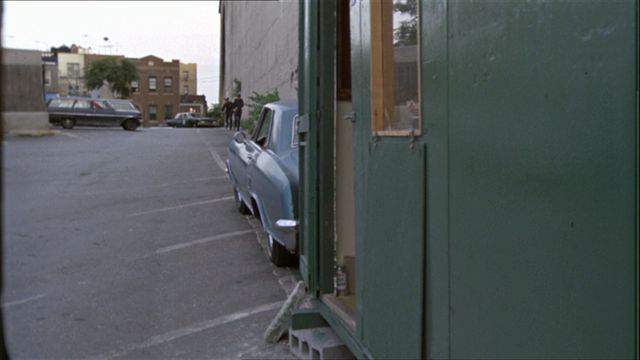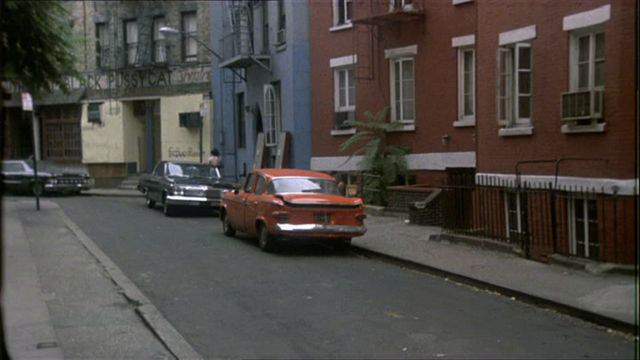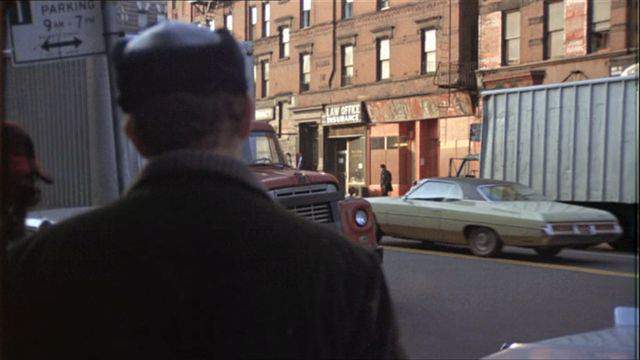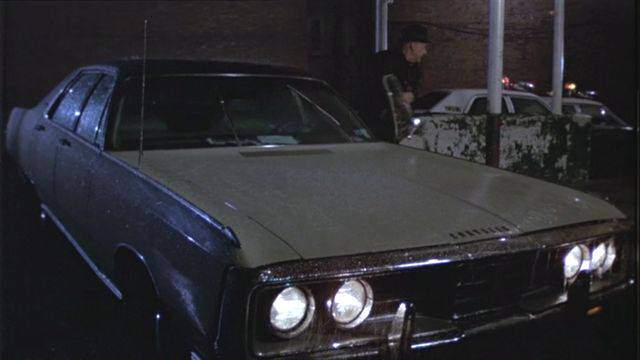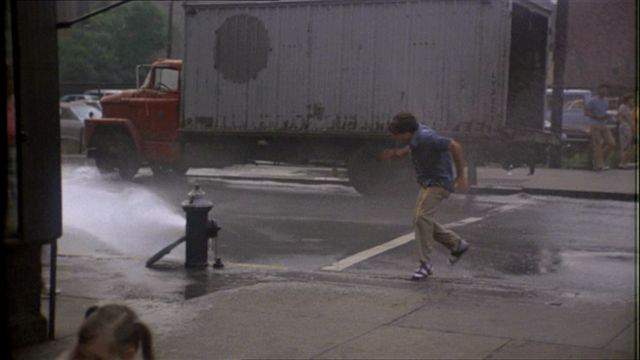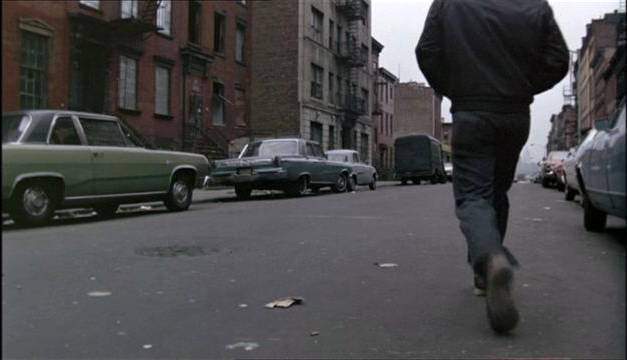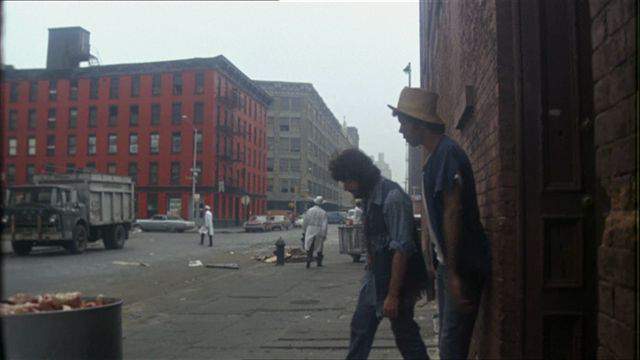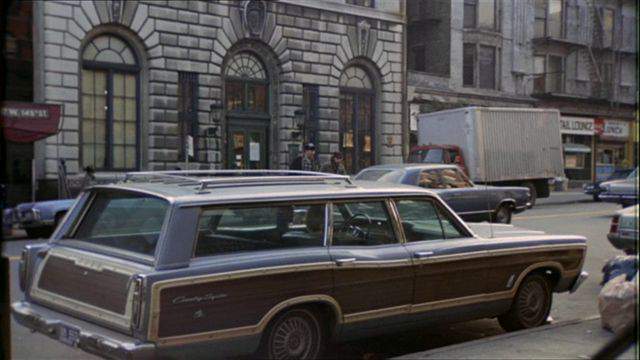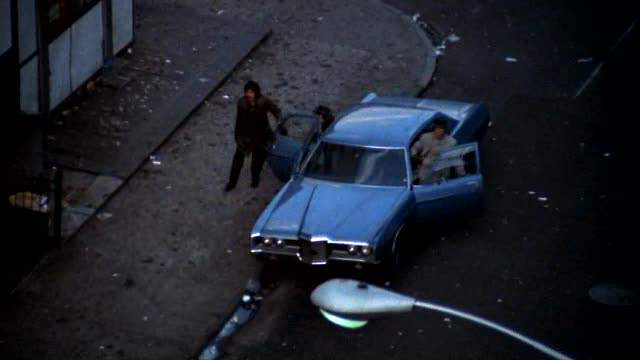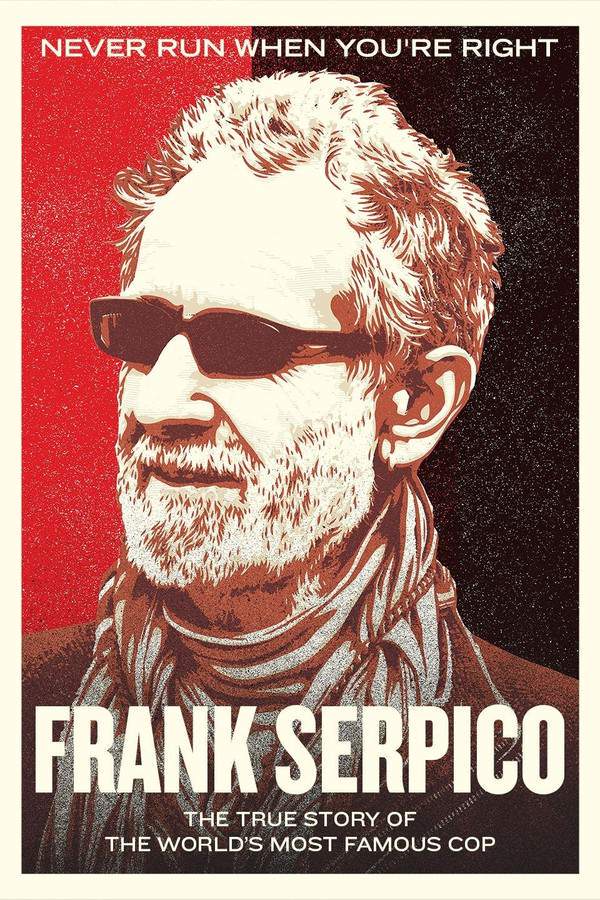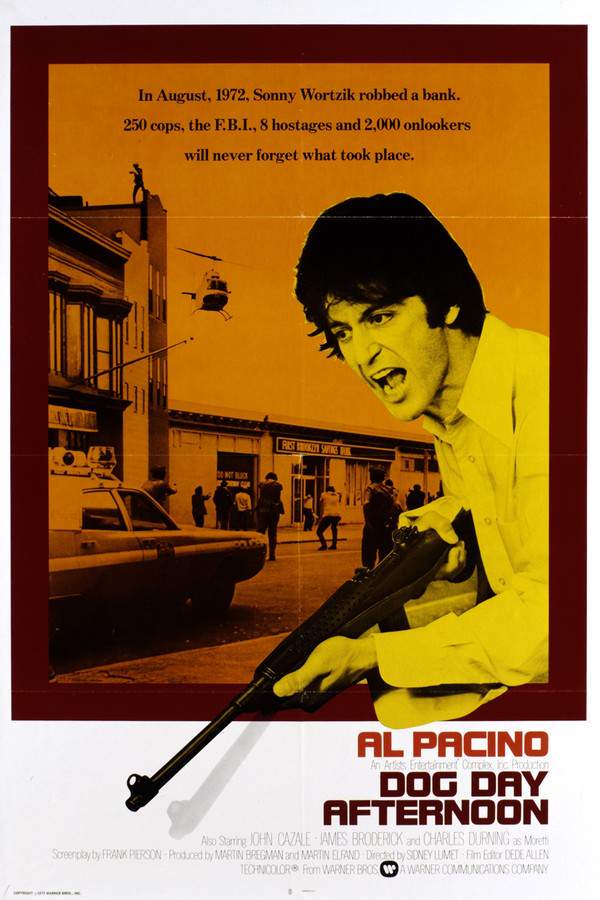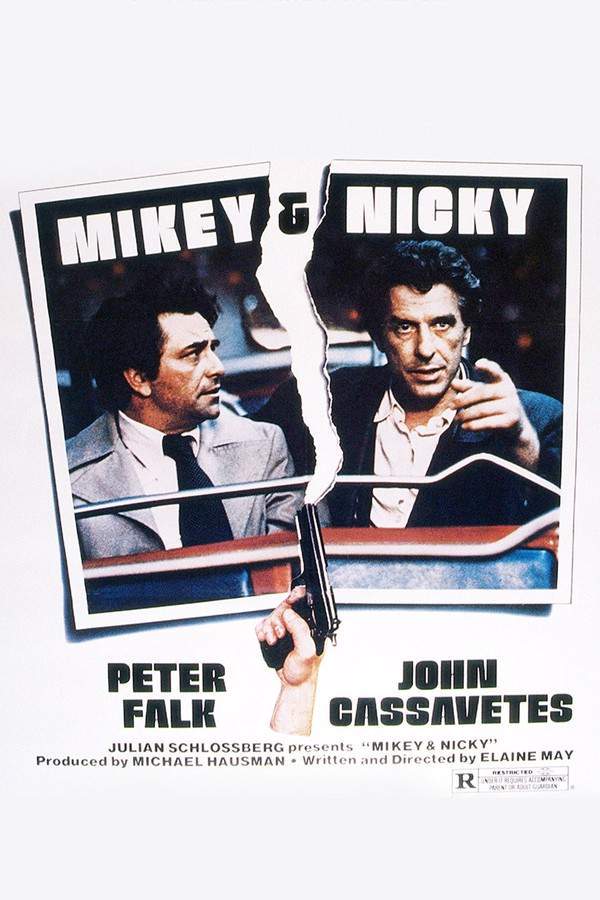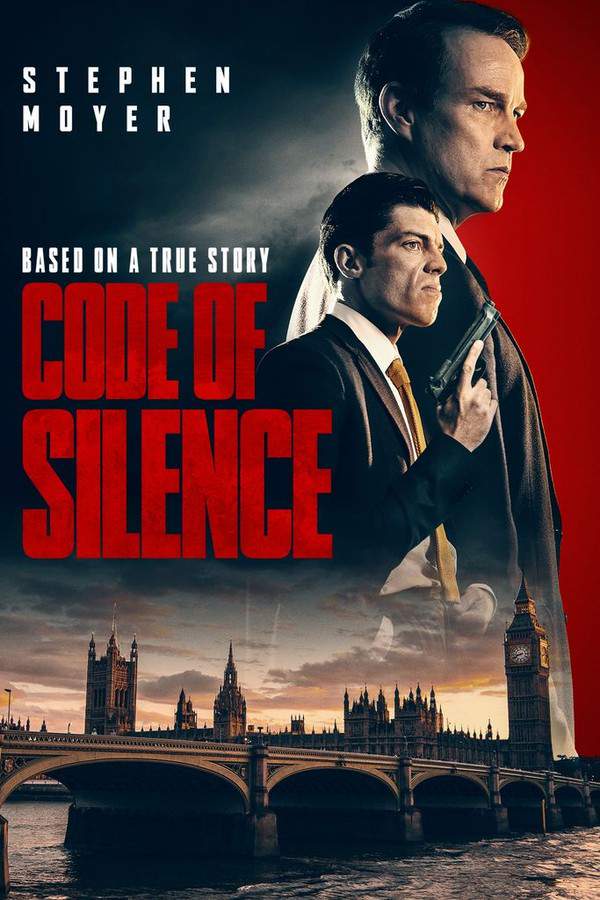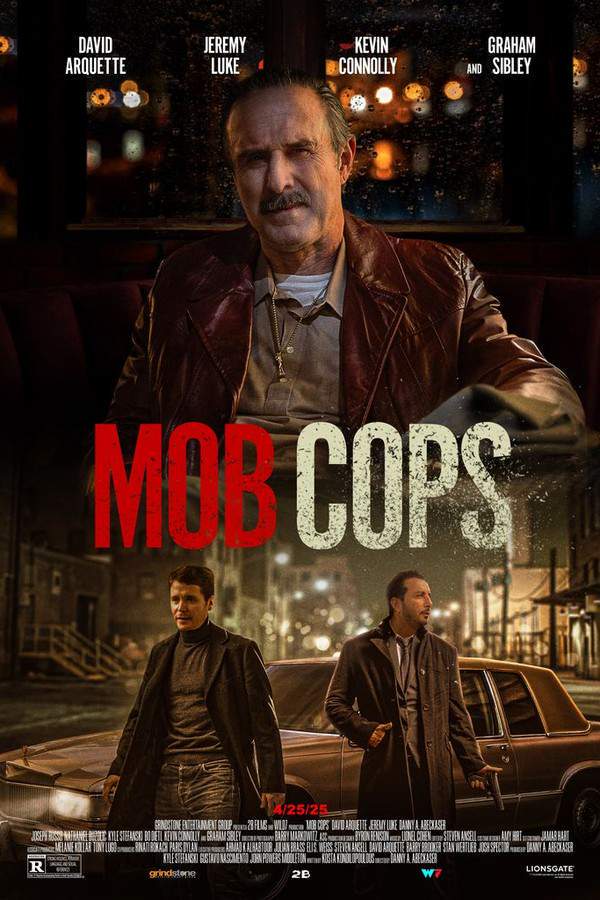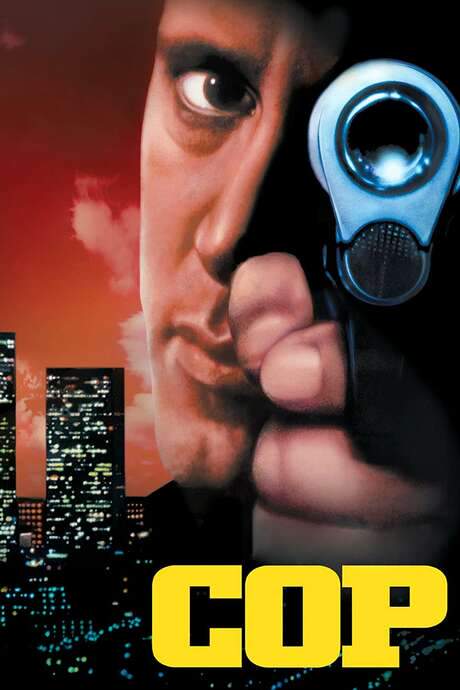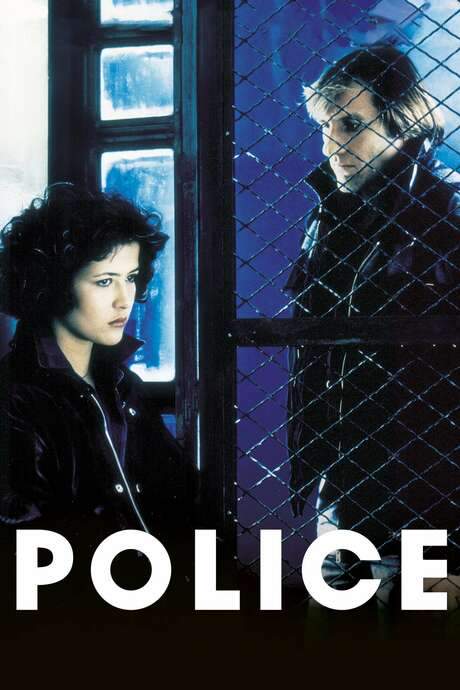Serpico 1973
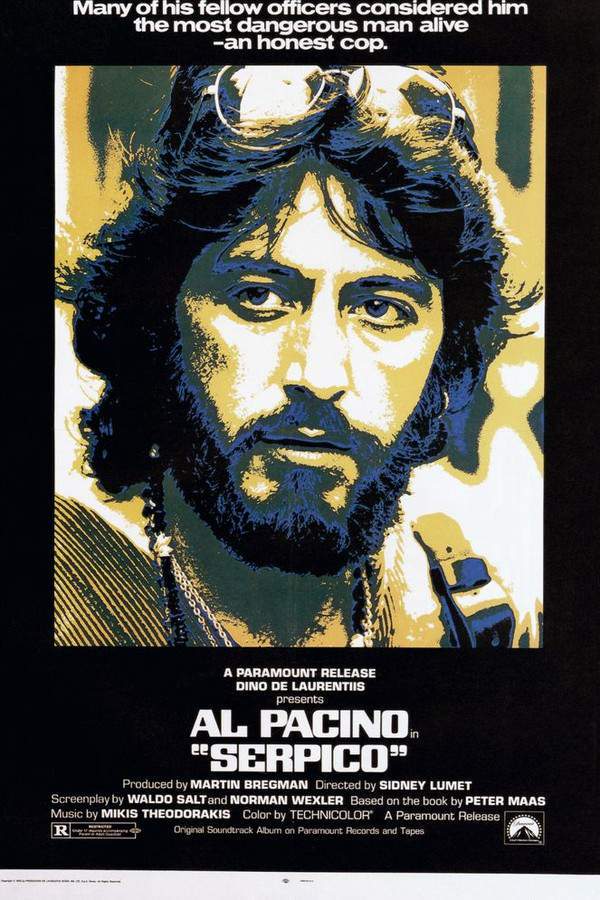
In a city rife with corruption, idealistic Detective Frank Serpico (Al Pacino) challenges the established system. He exposes widespread bribery and cronyism within the police force, leading to isolation and dangerous repercussions from his colleagues. When his concerns are ignored, Serpico takes the courageous step of exposing the corrupt institution that once protected him, risking his career and his life in the process.
Does Serpico have end credit scenes?
No!
Serpico does not have end credit scenes. You can leave when the credits roll.
Meet the Full Cast and Actors of Serpico
Explore the complete cast of Serpico, including both lead and supporting actors. Learn who plays each character, discover their past roles and achievements, and find out what makes this ensemble cast stand out in the world of film and television.
External Links and Streaming Options
Discover where to watch Serpico online, including streaming platforms, rental options, and official sources. Compare reviews, ratings, and in-depth movie information across sites like IMDb, TMDb, Wikipedia or Rotten Tomatoes.
Ratings and Reviews for Serpico
See how Serpico is rated across major platforms like IMDb, Metacritic, and TMDb. Compare audience scores and critic reviews to understand where Serpico stands among top-rated movies in its genre.

83
Metascore
8.0
User Score


%
TOMATOMETER

0%
User Score

7.7 /10
IMDb Rating
Take the Ultimate Serpico Movie Quiz
Challenge your knowledge of Serpico with this fun and interactive movie quiz. Test yourself on key plot points, iconic characters, hidden details, and memorable moments to see how well you really know the film.
Serpico Quiz: Test your knowledge on the relentless pursuit of justice and the complexities of police corruption in the film Serpico.
What year did Frank Serpico join the police force?
1960
1970
1955
1980
Show hint
Awards & Nominations for Serpico
Discover all the awards and nominations received by Serpico, from Oscars to film festival honors. Learn how Serpico and its cast and crew have been recognized by critics and the industry alike.
28th British Academy Film Awards 1975


Best Original Music
46th Academy Awards 1974

Writing (Screenplay—based on material from another medium)
26th Directors Guild of America Awards 1974

31st Golden Globe Awards 1974
Best Motion Picture – Comedy or Musical

Full Plot Summary and Ending Explained for Serpico
Read the complete plot summary of Serpico, including all major events, twists, and the full ending explained in detail. Explore key characters, themes, hidden meanings, and everything you need to understand the story from beginning to end.
Frank Serpico, portrayed by Al Pacino, is seen bloodied and slumped in the backseat of a speeding police car, sirens wailing as he’s rushed to the hospital after a brutal gunshot wound to the face. The film unfolds his turbulent journey as a police officer beginning in 1960, where his passionate idealism drives him to favor non-violent methods for apprehending criminals. Distinctly principled, Frank resolutely stands against police corruption, particularly rejecting the culture of bribery that permeates the police force, which includes shakedowns and payoffs from illegal gambling and drug trafficking enterprises.
His unwavering stance isolates him, inciting suspicion from fellow officers who view his integrity as a threat. The tension escalates as Serpico navigates the counterculture of the 1960s, settling in the artistic haven of Greenwich Village, sporting long hair and a beard, which starkly contrasts the rigid police image. Aligning himself with a left-leaning social circle, he becomes increasingly alienated from the NYPD.
Despite his various attempts to address the rampant corruption by appealing to his superiors, he faces systemic indifference. With the assistance of a well-connected officer named Bob Blair, portrayed by Tony Roberts, Frank tries to combat the corruption; however, their efforts fall short against the entrenched bureaucratic resistance. The stress from his relentless campaign and the strife in his personal life culminate when his fiancée, Laurie, portrayed by Barbara Eda-Young, ultimately leaves him.
After gaining the support of a sympathetic police inspector who agrees to help him dismantle the gambling networks and expose the corruption to The New York Times, he is finally transferred to the narcotics division—his longstanding ambition. Yet, he soon realizes he’s entered an even more hostile environment where he has few allies and must contend with the animosity generated by his principled stance. This ultimately leads to a tragic turning point when he is shot in the face during a raid on a heroin lab, abandoned by the very colleagues he hoped could support him.
What follows is a harrowing recovery, as Serpico is tended to by family and a dwindling circle of friends, while also being targeted through anonymous hate mail. As the film nears its conclusion, Serpico bravely testifies before the Knapp Commission regarding police corruption. The narrative wraps up as he prepares to leave it all behind, waiting to board a ship. Despite being honored with a promotion to detective and recognized for his “conspicuous bravery in action” alongside the very officers who turned their backs on him, he decides to resign from the NYPD and seek a new life in Switzerland.
Uncover the Details: Timeline, Characters, Themes, and Beyond!

Coming soon on iOS and Android
The Plot Explained Mobile App
From blockbusters to hidden gems — dive into movie stories anytime, anywhere. Save your favorites, discover plots faster, and never miss a twist again.
Sign up to be the first to know when we launch. Your email stays private — always.
Watch Trailers, Clips & Behind-the-Scenes for Serpico
Watch official trailers, exclusive clips, cast interviews, and behind-the-scenes footage from Serpico. Dive deeper into the making of the film, its standout moments, and key production insights.
Cars Featured in Serpico
Explore all cars featured in Serpico, including their makes, models, scenes they appear in, and their significance to the plot. A must-read for car enthusiasts and movie buffs alike.
Serpico Themes and Keywords
Discover the central themes, ideas, and keywords that define the movie’s story, tone, and message. Analyze the film’s deeper meanings, genre influences, and recurring concepts.
Serpico Other Names and Titles
Explore the various alternative titles, translations, and other names used for Serpico across different regions and languages. Understand how the film is marketed and recognized worldwide.
Similar Movies To Serpico You Should Know About
Browse a curated list of movies similar in genre, tone, characters, or story structure. Discover new titles like the one you're watching, perfect for fans of related plots, vibes, or cinematic styles.
Quick Links: Summary, Cast, Ratings, More

What's After the Movie?
Not sure whether to stay after the credits? Find out!
Explore Our Movie Platform
New Movie Releases (2026)
Famous Movie Actors
Top Film Production Studios
Movie Plot Summaries & Endings
Major Movie Awards & Winners
Best Concert Films & Music Documentaries
Movie Collections and Curated Lists
© 2026 What's After the Movie. All rights reserved.













